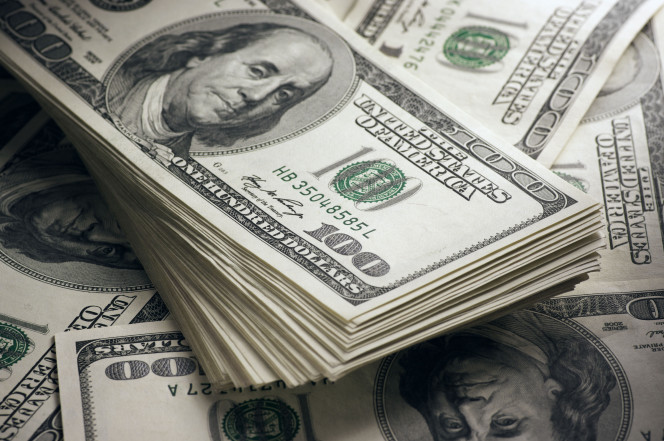The dollar soared to a 2018 high against its rivals on Tuesday, May 8, as a rout of the euro prompted traders to buy the greenback despite some concerns its rally may have been too quick.
Against a basket of rivals, the dollar .DXY has surged about 4.5 percent in three weeks as expectations that other major central banks would follow the U.S. Federal Reserve in normalizing monetary policy have been disappointed.
The latest leg in the dollar’s run higher came as sterling and the euro came under renewed pressure, the former from waning expectations of a Bank of England rate increase this week and the latter from prospects of early elections in Italy, Reuters reports.
“The big risks from the sovereign bond markets in the world is about the growing Italian election concerns and the markets love nothing more than a good momentum story,” said Neil Mellor, a senior FX strategist at BNY Mellon in London.
On Tuesday, the dollar extended recent gains and rose 0.4 percent to 93.13 against the basket — in which the euro holds the biggest weight — as markets further cut short bets against it built up in recent months. The dollar has now risen for three consecutive weeks.
A Citi gauge on European economic data surprises .CESIEUR is meanwhile languishing at its lowest levels in 5-1/2 years.
Some of the dollar’s biggest gains on Tuesday came against the euro EUR=EBS and the Australian dollar AUD=D3 which declined by 0.4 percent and 0.8 percent respectively.
The sell-off in these currency pairs rippled through the foreign exchange markets and prompted investors to unwind some of the best performing trades this year.
They include buying the Norwegian currency against the Swedish crown NOKSEK=D3, which on Tuesday fell half a percent.
Short dollar positions saw a further squeeze with latest positioning data keeping the greenback well supported.
On a two-weekly basis, short dollar bets saw the biggest position unwind in six months.
“For the time being there is no possibility of avoiding U.S. dollar, which is also due to the fact that the likelihood of an imminent monetary policy normalization in other parts of the world is falling,” Commerzbank analysts wrote in a note.
But despite the dollar’s rally, the Japanese yen was still holding its own against the greenback and other majors indicating that underlying caution remained as investors focused their attention on U.S. President Donald Trump’s decision about the future of an international nuclear agreement with Iran.
Trump is expected to make an announcement on the nuclear deal at 1800 GMT. A U.S. withdrawal from the deal, which eased economic sanctions in exchange for Tehran limiting its nuclear program, would impact risk sentiment in the broader markets.
“It is an event risk and has the potential to make risk sentiment which is already cautious more unstable,” said Manuel Oliveri, a currency strategist at Credit Agricole in London.














